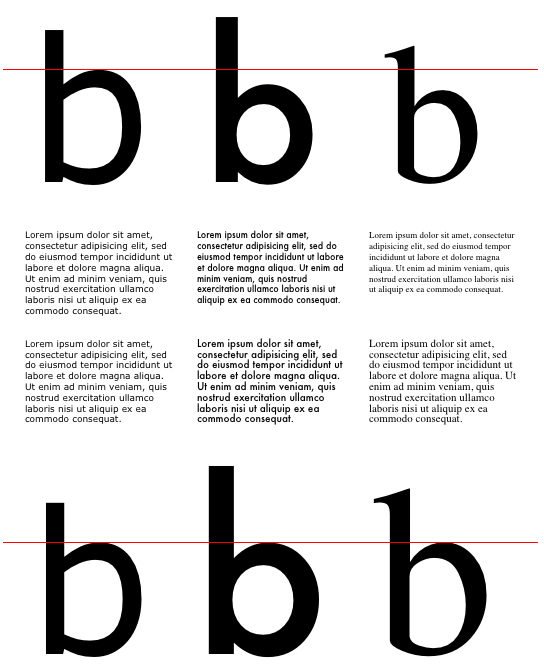

Perhaps the most important thing to notice about this snippet of code is that we’ve added a class, which I’ve generically labeled “button.” There are a couple of reasons for this.įirst of all, we need a way to target and style this button in our CSS without necessarily targeting all of the anchor tags on the page. If we wrapped this in a div and styled that, only the text part of the button would be a link, meaning that the user could conceivably click the button with no result. In the above example, our entire element will be the link. This is completely unnecessary though and can create problems with both the click and the hover. Using this flawed logic, I would wrap my anchor in a div and then apply most of the styling to the div. One problem that I used to come across when I first started coding is that I would often think that I needed a div to create anything. Here’s a widely used snippet of HTML that gets the job done perfectly while staying nice and succinct: Often in web design, the choice to turn something into a button is merely an aesthetic one and doesn’t necessarily indicate any special functionality.

From a functional standpoint, all we’re really trying to create is a link that, when clicked, takes us somewhere new, which is exactly what a basic HTML link does. It turns out that the simplest and most widely used syntax is just to implement a plain old anchor tag (form buttons often use “input”). Should you use the “button” HTML tag? Or perhaps a paragraph tag? Which parts should the link wrap around? To a beginner though, knowing where to start with a button can be quite difficult. To an experienced coder, it seems so simple. Presentation Templates PowerPoint & Keynote CMS Templates Shopify, Tumblr & More Web Templates Landing Pages & EmailĮxplore Design Resources Step 1: The HTMLīelieve it or not, this is one of the trickiest parts.


 0 kommentar(er)
0 kommentar(er)
